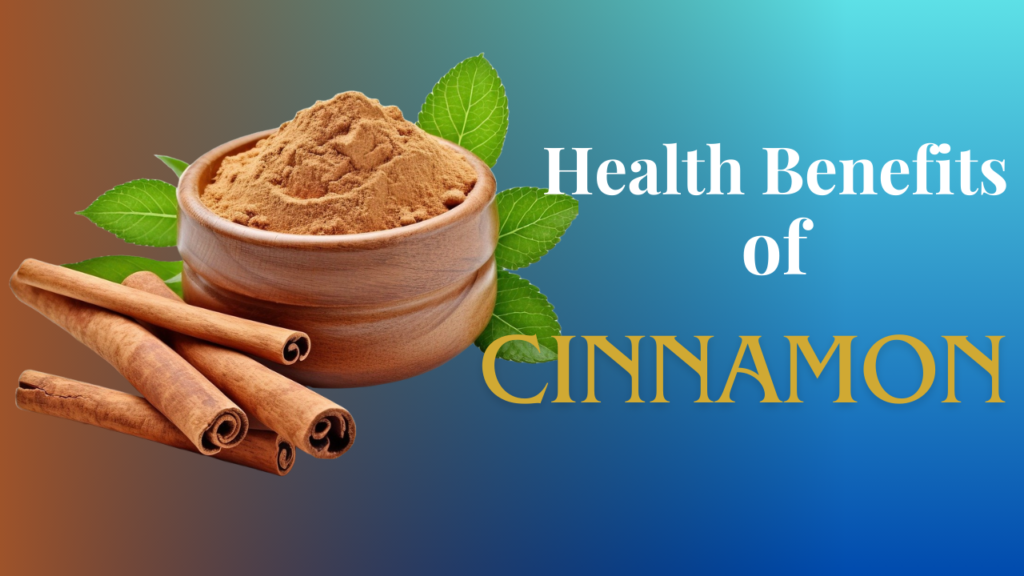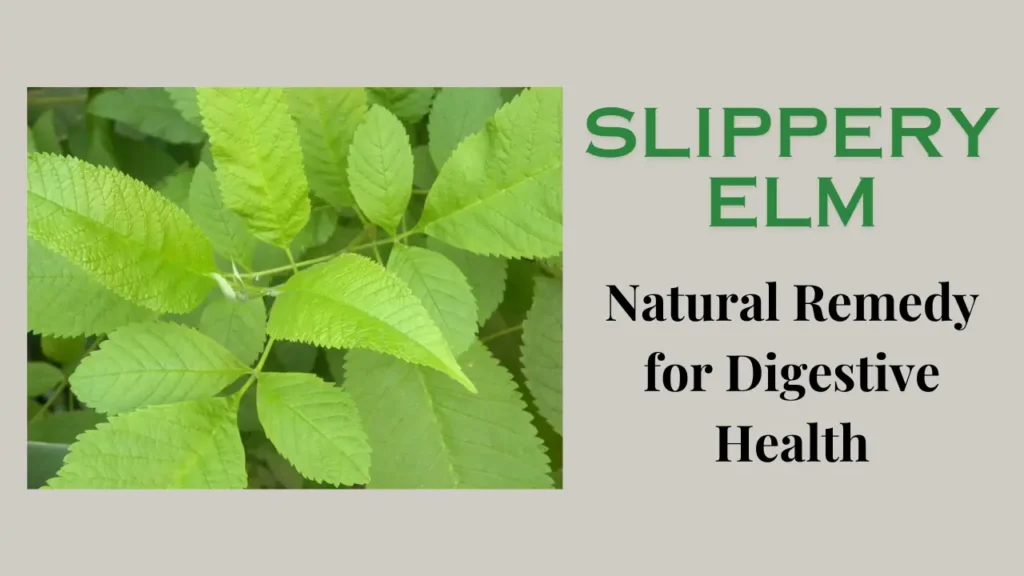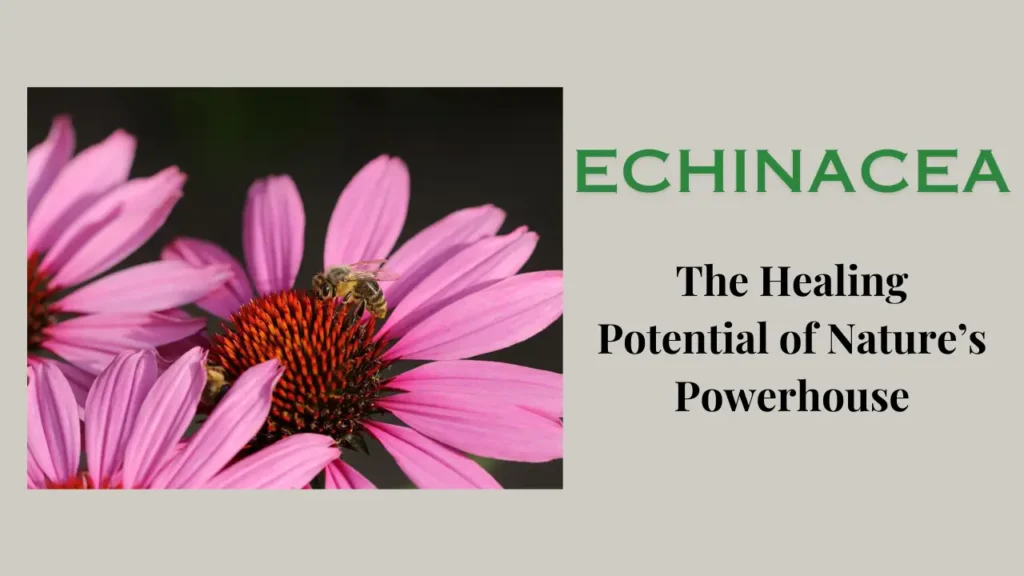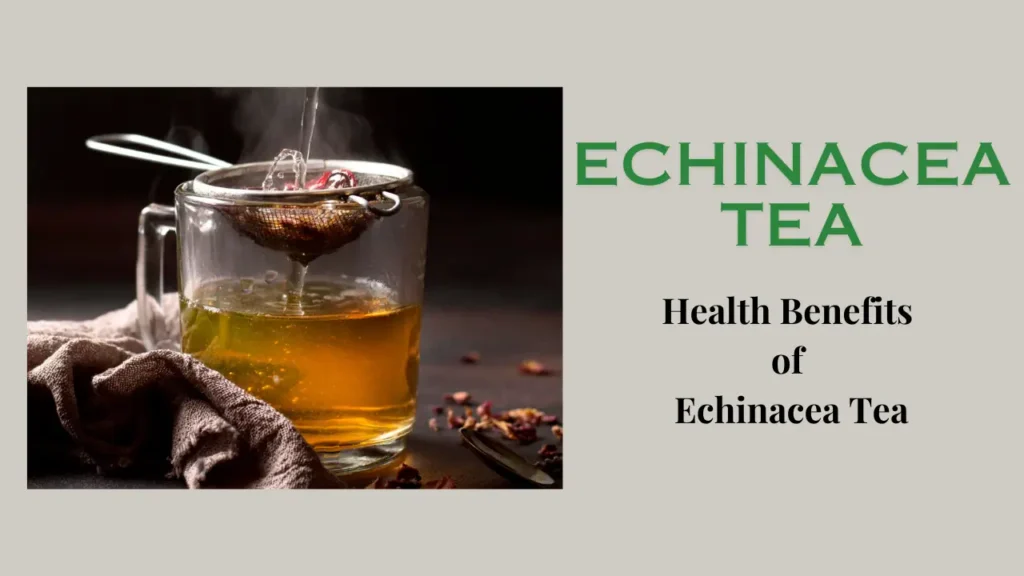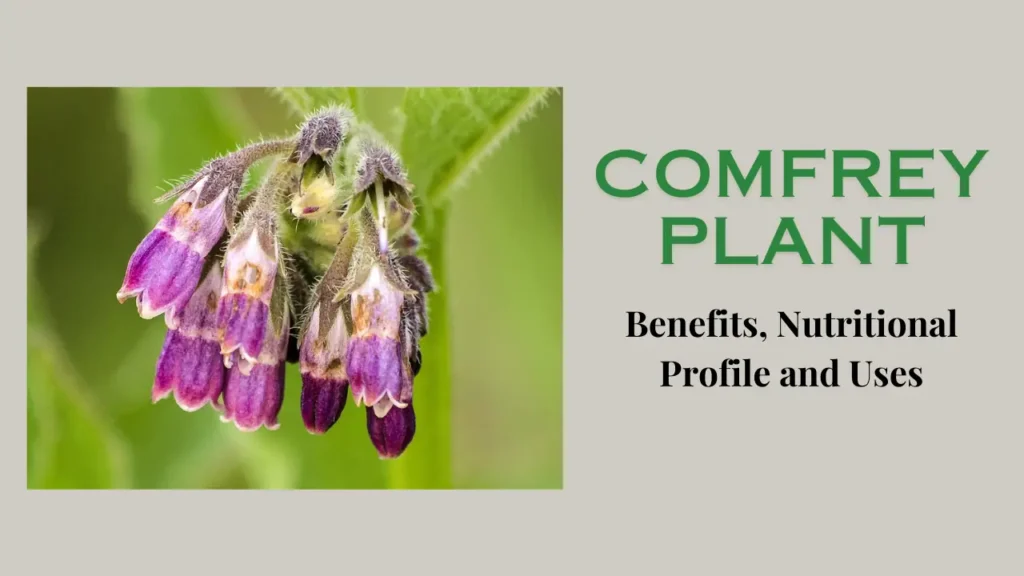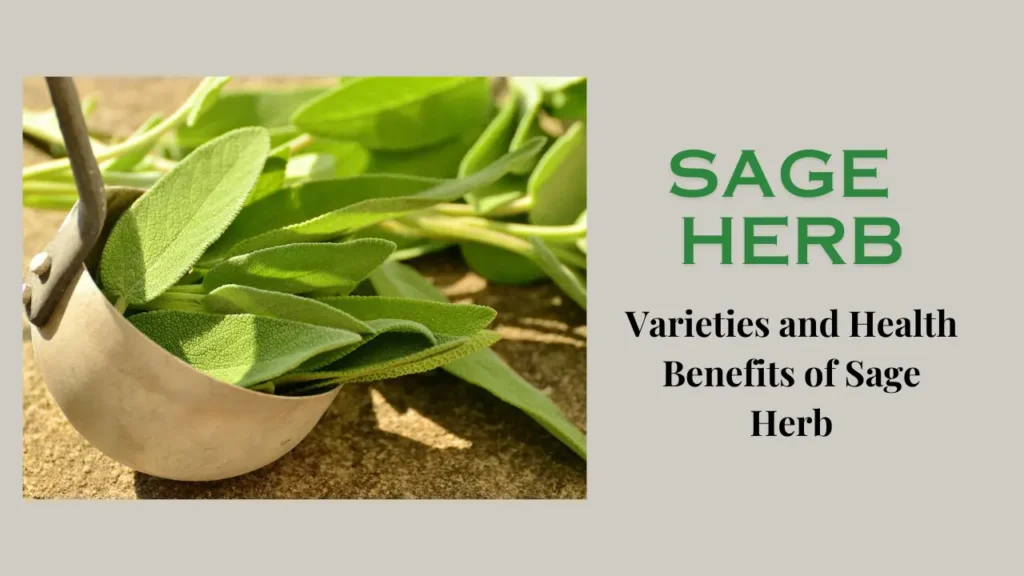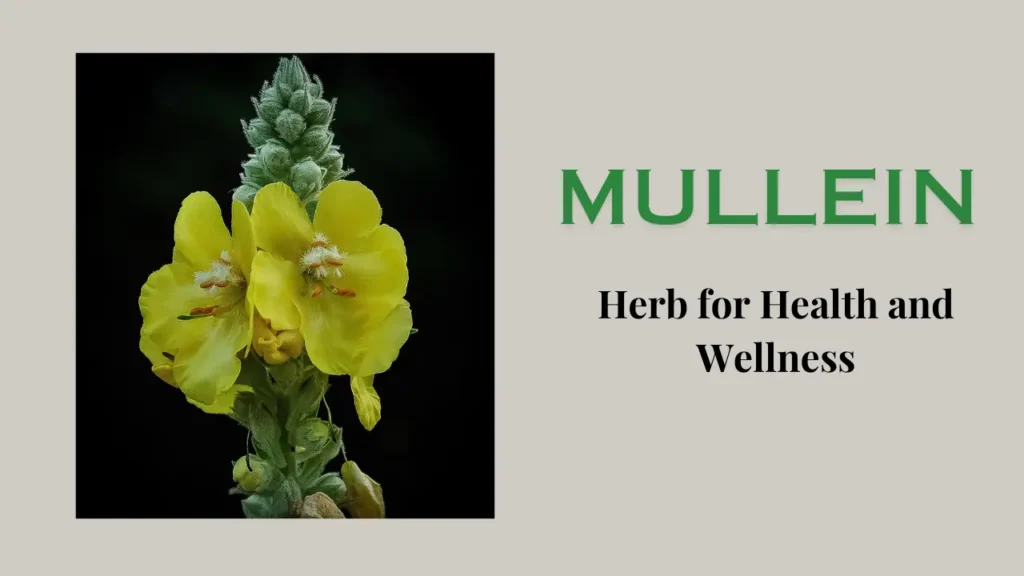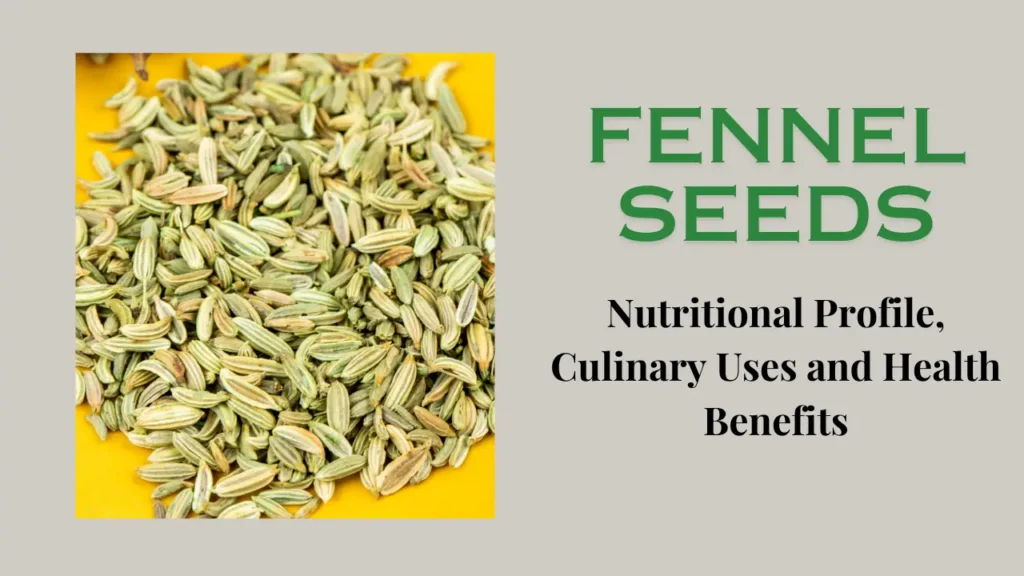Many plants in nature provide us with many health benefits. One such fascinating plant is the Marshmallow Plant (Althaea officinalis), which has attracted botanists, herbalists, and nature lovers. In this article, we will explore this plant’s origins, properties, and potential benefits.
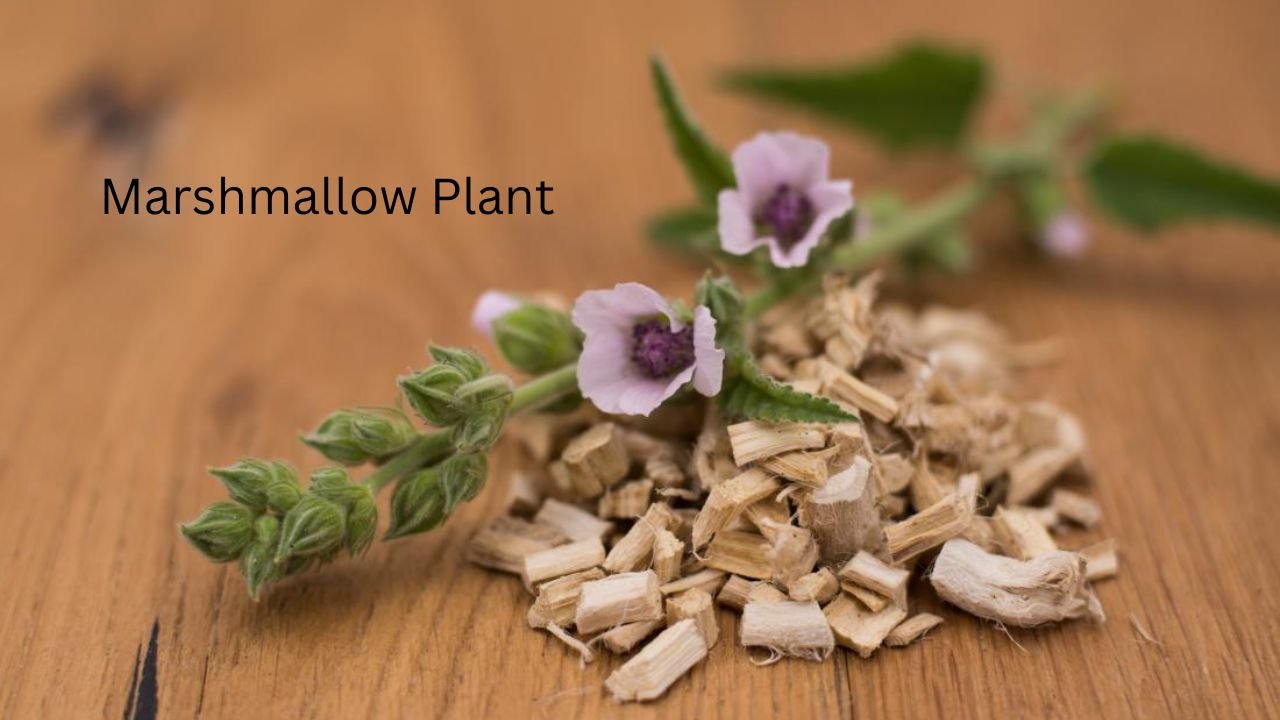
Origins and Habitat
The Marshmallow plant is scientifically known as Althaea officinalis. It is native to Europe, Western Asia, and North Africa. It thrives in moist, marshy environments, Such as wet grasslands, river banks, and marshes.
Botanical Features
It is a perennial herb whose leaves are soft and velvety. It grows to a height of 4-5 feet. Its stems are thin, on which light pink or white flowers appear. These flowers have a subtle fragrance. This plant produces round, segmented fruits containing seeds.
Historical Significance
- The marshmallow plant has been used for medicinal purposes since ancient times.
- The ancient Egyptians highly valued its medicinal properties and used it in various treatments. Apart from these properties, this plant has also found a place in traditional medical systems like Ayurveda and Chinese medicine.
- The marshmallow plant treats coughs, sore throats, and digestive ailments.
- Traditional medicine was also used for skin irritations and burns. Apart from this, it was also used by the ancient Greeks and Romans to solve respiratory problems.
Nutritional and Medicinal Properties of Marshmallow Plant
A. Mucilaginous Nature
One of the notable characteristics of the marshmallow plant is its abundant mucilage, a gelatinous substance found in the roots and leaves. This mucus forms a protective layer on the mucous membranes in the body.
B. Respiratory Health Benefits
This plant has the ability to reduce the symptoms associated with cough, cold, and respiratory tract infections. It also soothes irritation and reduces congestion, making it a valuable natural remedy for respiratory distress.
C. Gastrointestinal Support
Marshmallow plant provides relief from gastritis, ulcers, and acid reflux by reducing inflammation and promoting healing of the digestive system. Its mucilaginous properties help soothe and protect the delicate lining of the stomach and intestines.
D. Skin Soothing Abilities
This plant has soothing properties that benefit the skin. It effectively provides relief from sunburn, rashes, and insect bites. Additionally, its moisturizing and softening properties make it a valuable ingredient in skin care products.
Modern Applications and Uses
A. Herbal Tea Infusions: Marshmallow root tea is a popular herbal extract known to soothe respiratory and digestive problems. It provides calming and relaxing effects to the body, making it a relaxing drink.
B. Herbal Supplements: Marshmallow plant extracts, capsules, and tinctures are available as convenient options for consumption. These supplements can be easily purchased at health stores and online platforms.
C. Cosmetics and Skincare Products: The nourishing and anti-inflammatory properties of the marshmallow plant make it a popular ingredient in cosmetics and skincare products. Marshmallow-based creams, lotions, and balms are known for their hydrating and rejuvenating effects on the skin.
Precautions and Considerations
A. Allergies and Sensitivities
This plant is generally considered safe for people, but individuals with known allergies to plants in the Malvaceae family should use caution. It is advisable to perform a patch test before using marshmallow-based products topically.
B. Medication Interactions
Be sure to consult a doctor if you are considering taking a marshmallow supplement, especially if you are taking other medications, as it may interact with some medicines.
Conclusion
In conclusion, the marshmallow plant is known for its rich history, remarkable properties, and versatile applications. It has a soothing effect on the respiratory system and gastrointestinal tract. It also provides many soothing benefits to the skin. However, caution is necessary as many individuals may be allergic to it.
Remember, before starting any new wellness regimen, it’s always best to consult with a healthcare professional to ensure it is suitable for your specific needs and circumstances.
Although marshmallow plants are not generally considered harmful to cats, it is always necessary to exercise caution. Keep your cat away from this plant to avoid any potential stomach upset. If you are concerned about your cat eating marshmallow leaves, consult a veterinarian.

